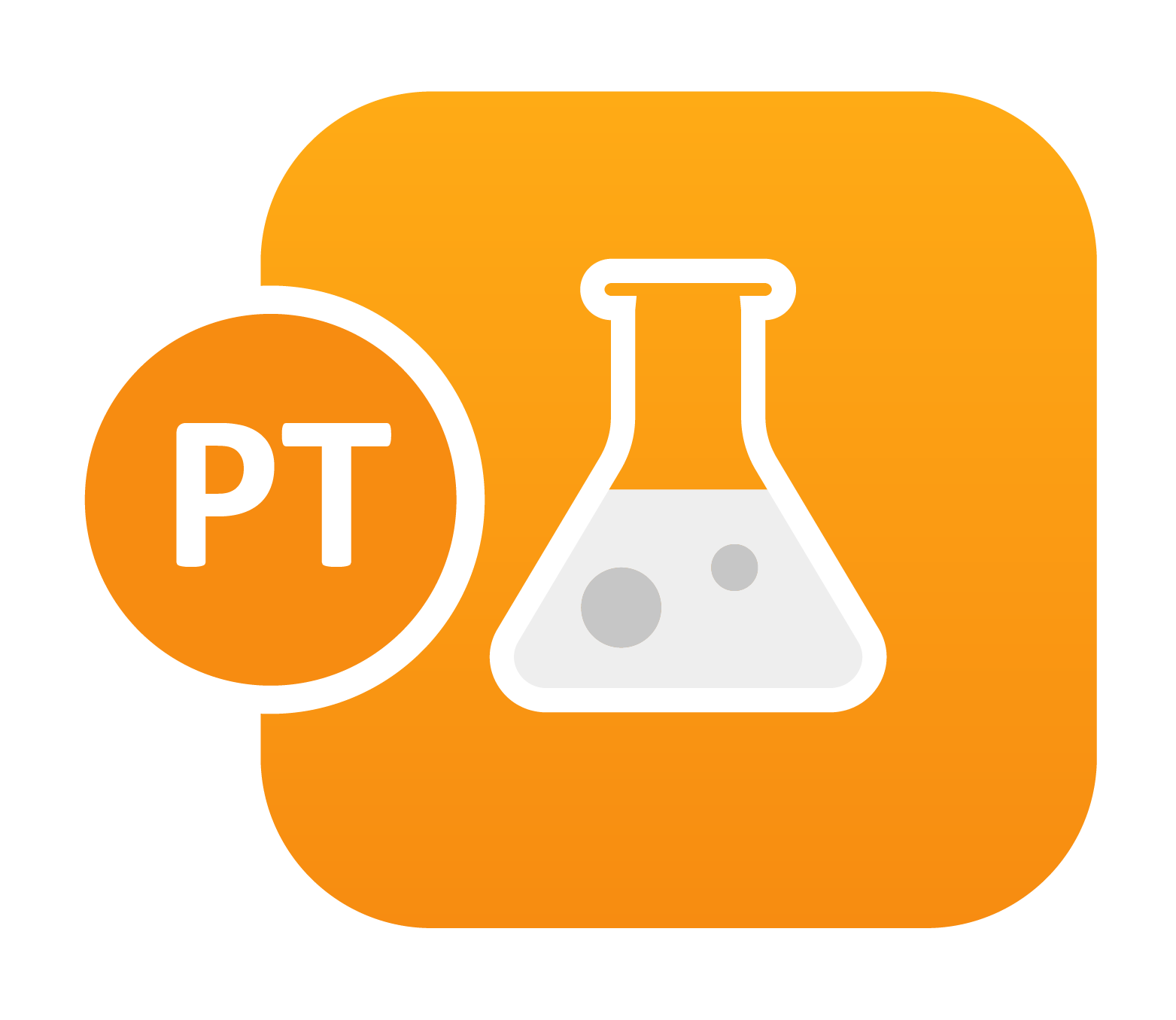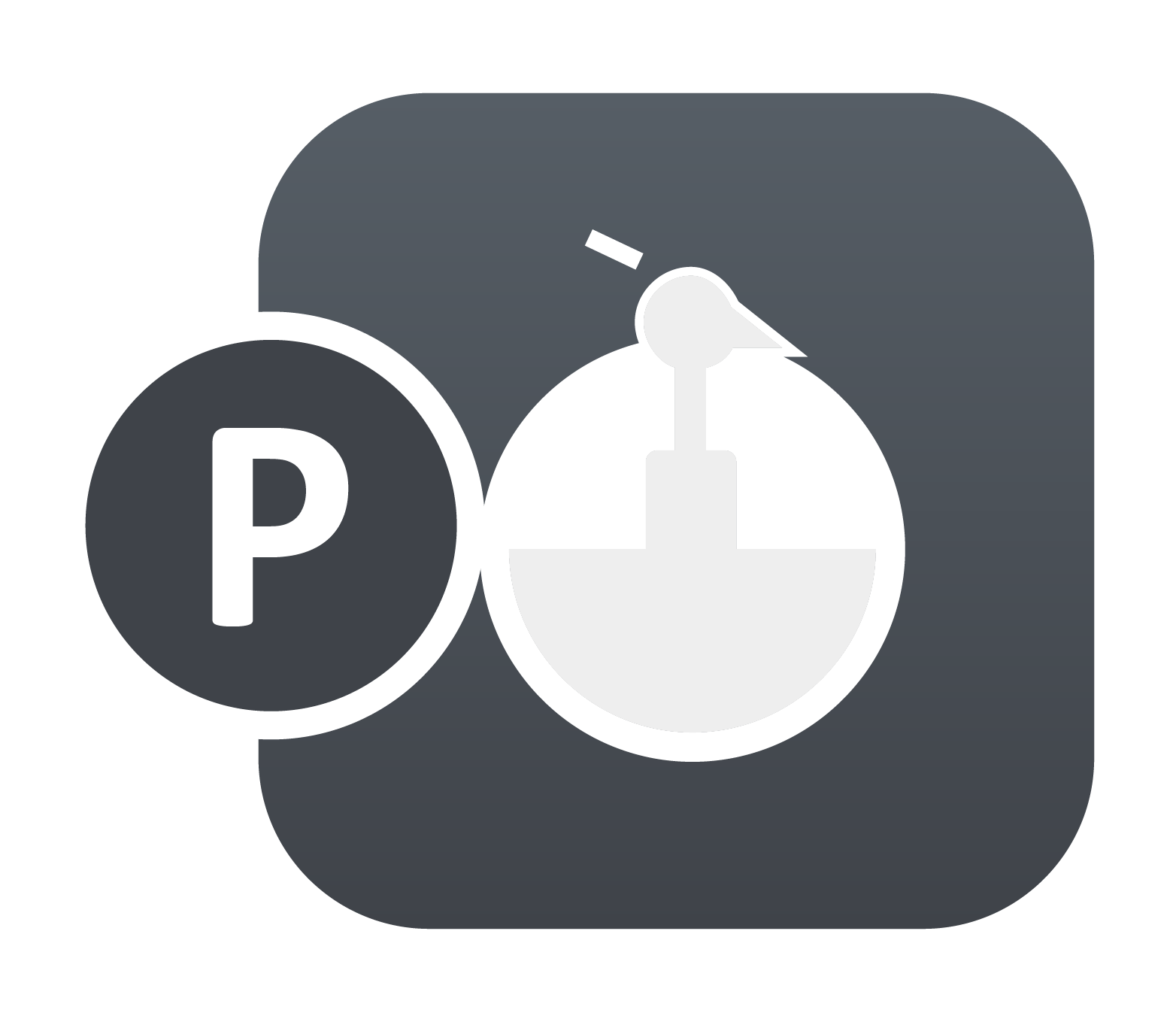Damage modeling using GURSON
Material parameter identification of GURSON material requires a process of fitting using an optimization package such as LS-OPT to match against a measured response such as a test. Following is a stress-strain curve that is achieved as a process of parameter identification using LS-OPT and LS-DYNA.













